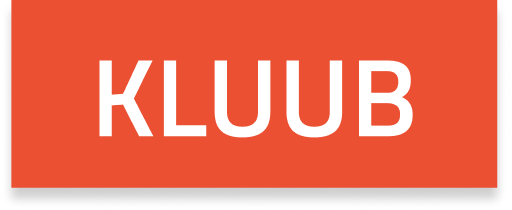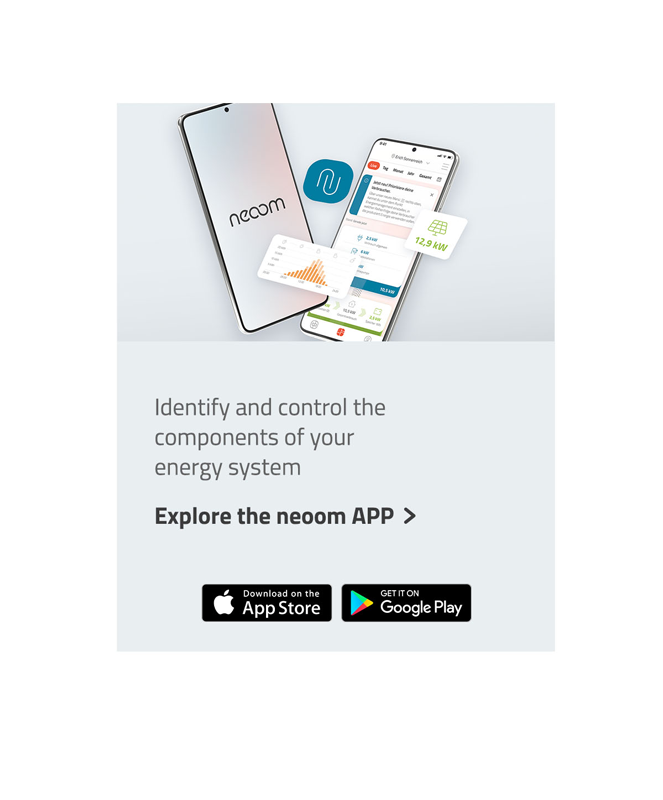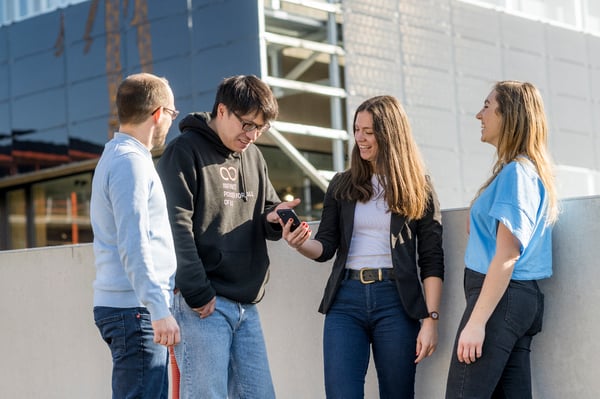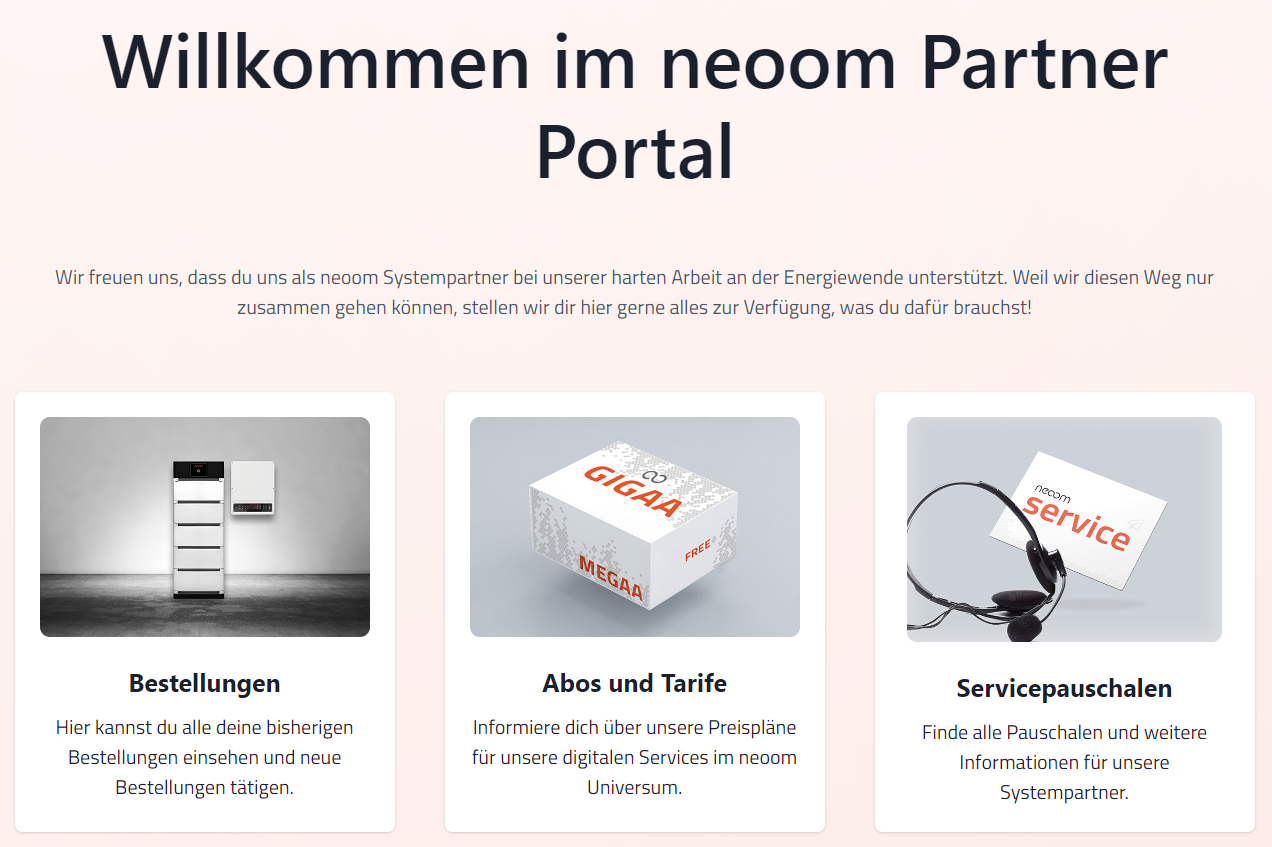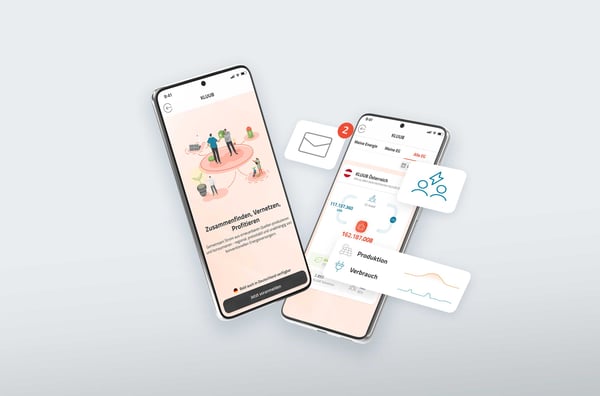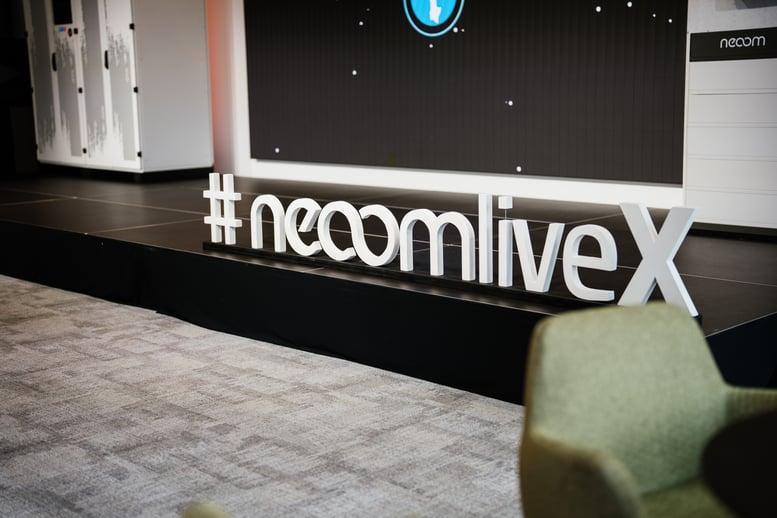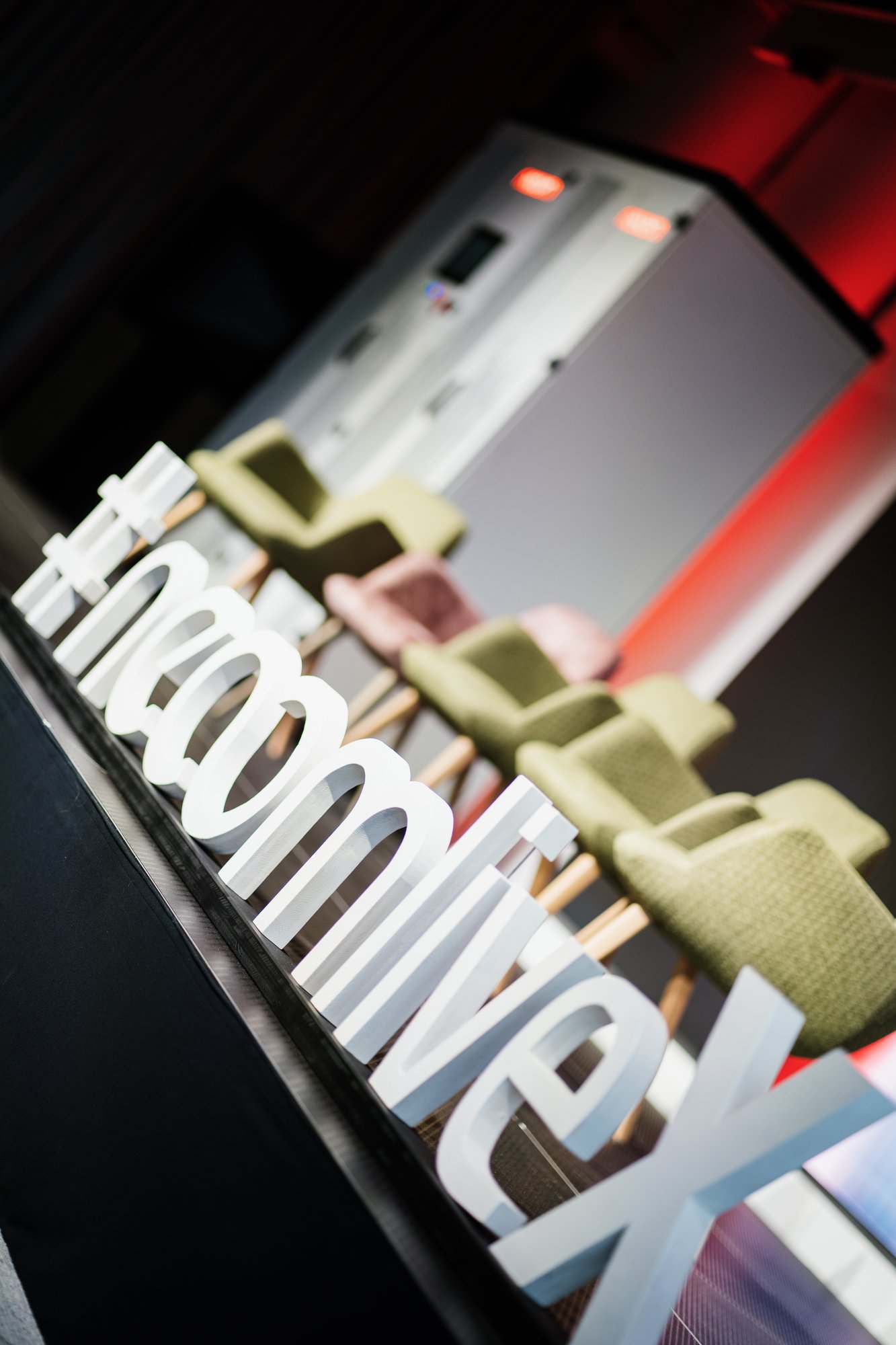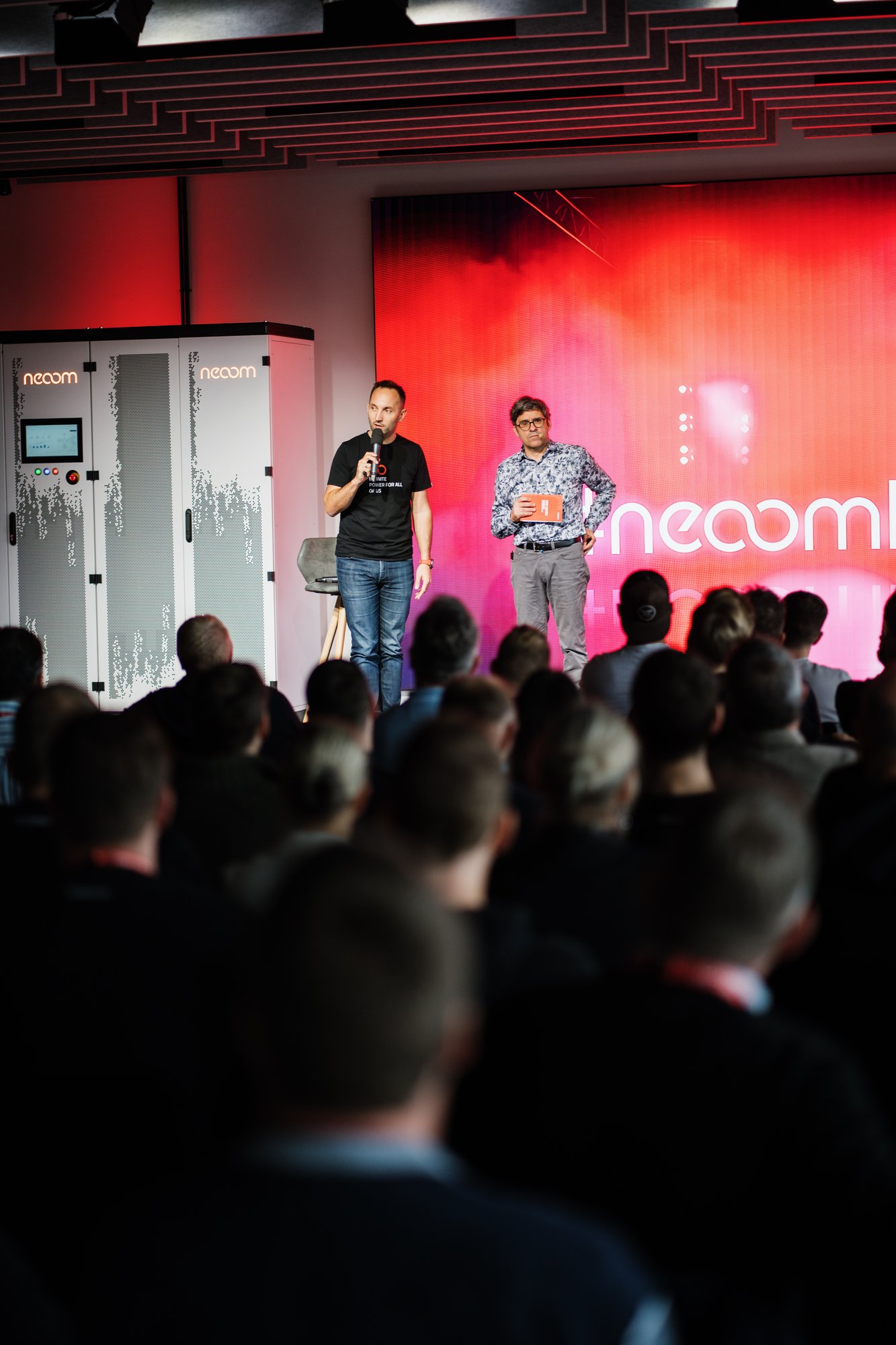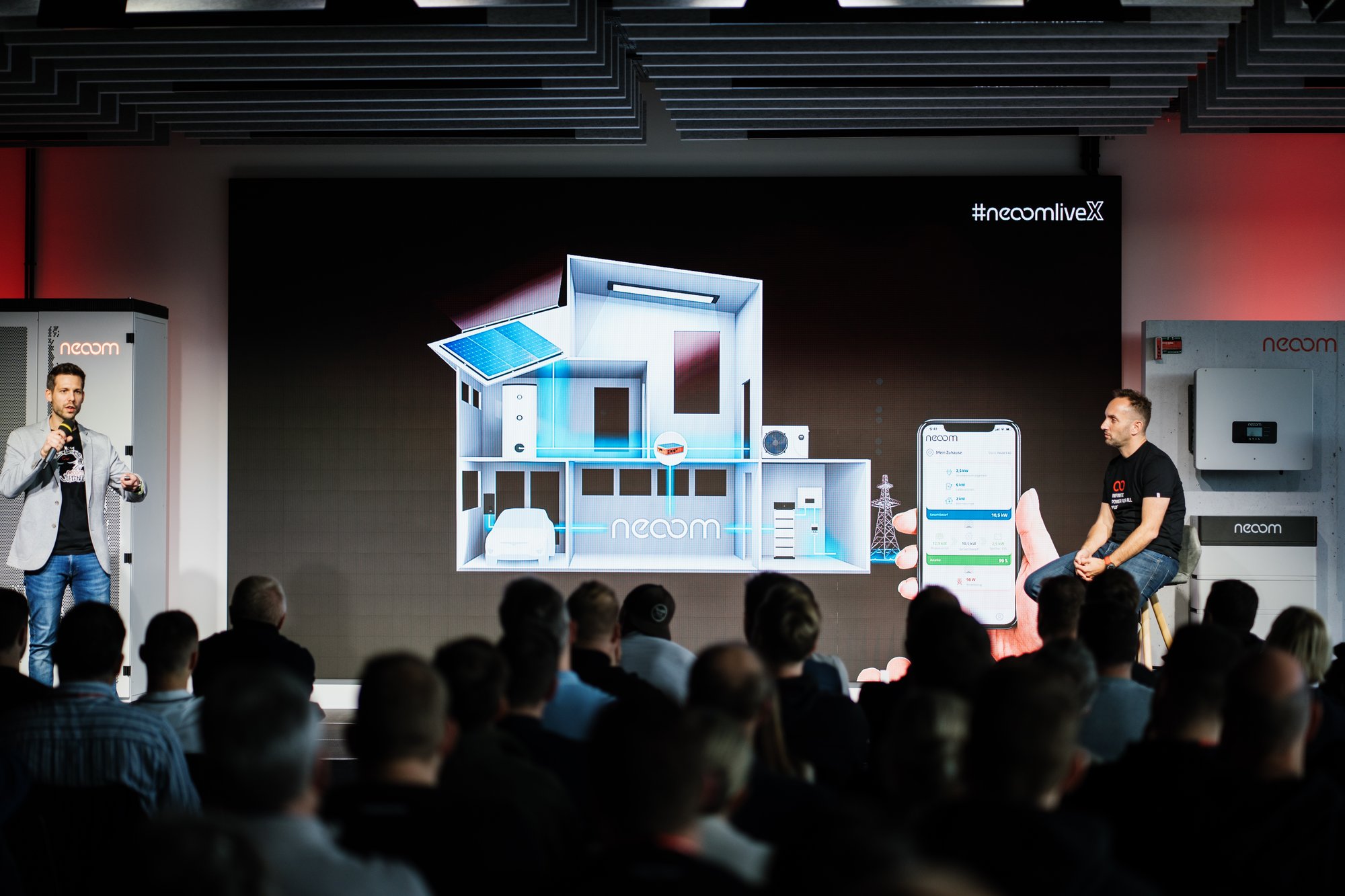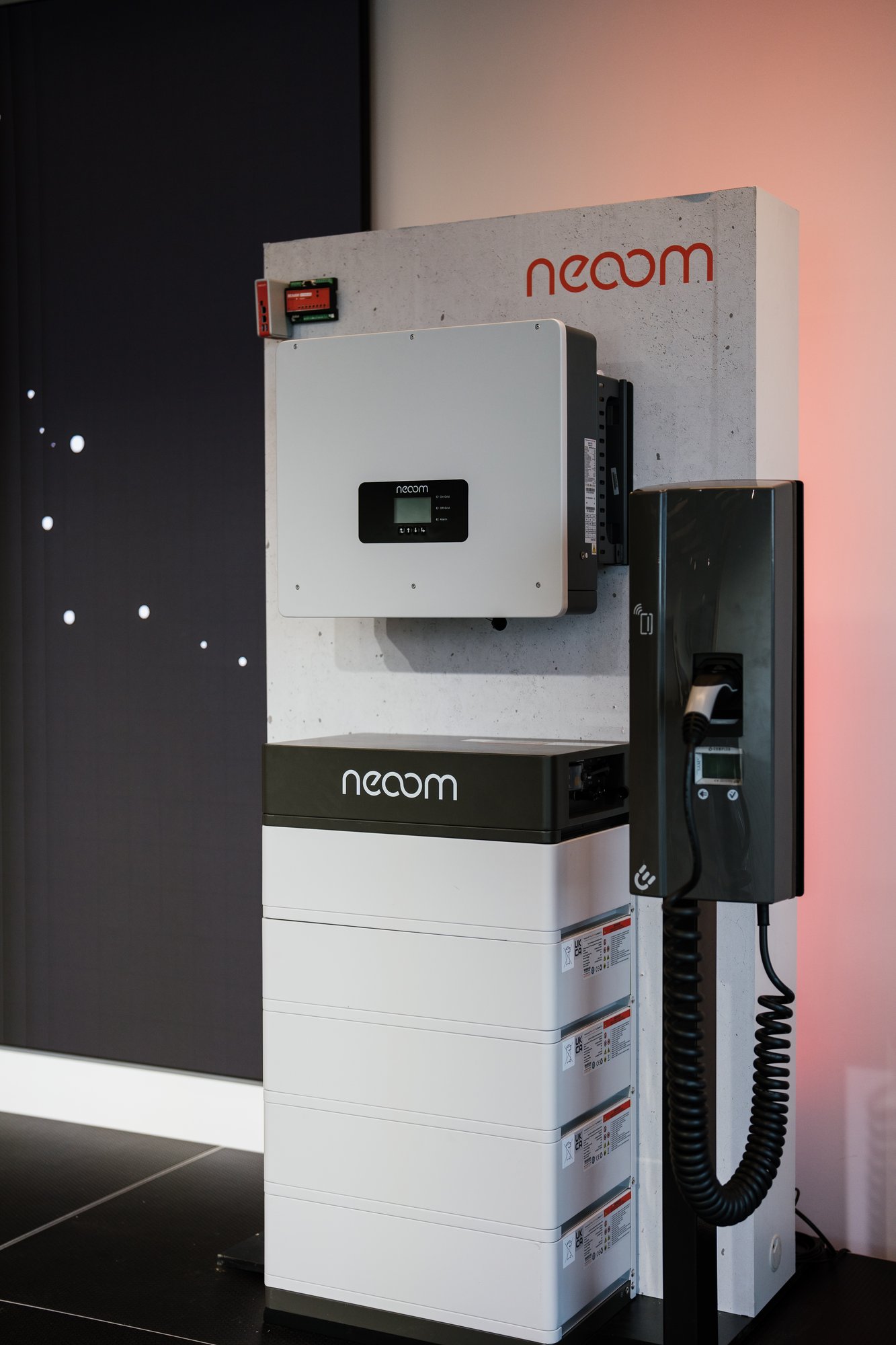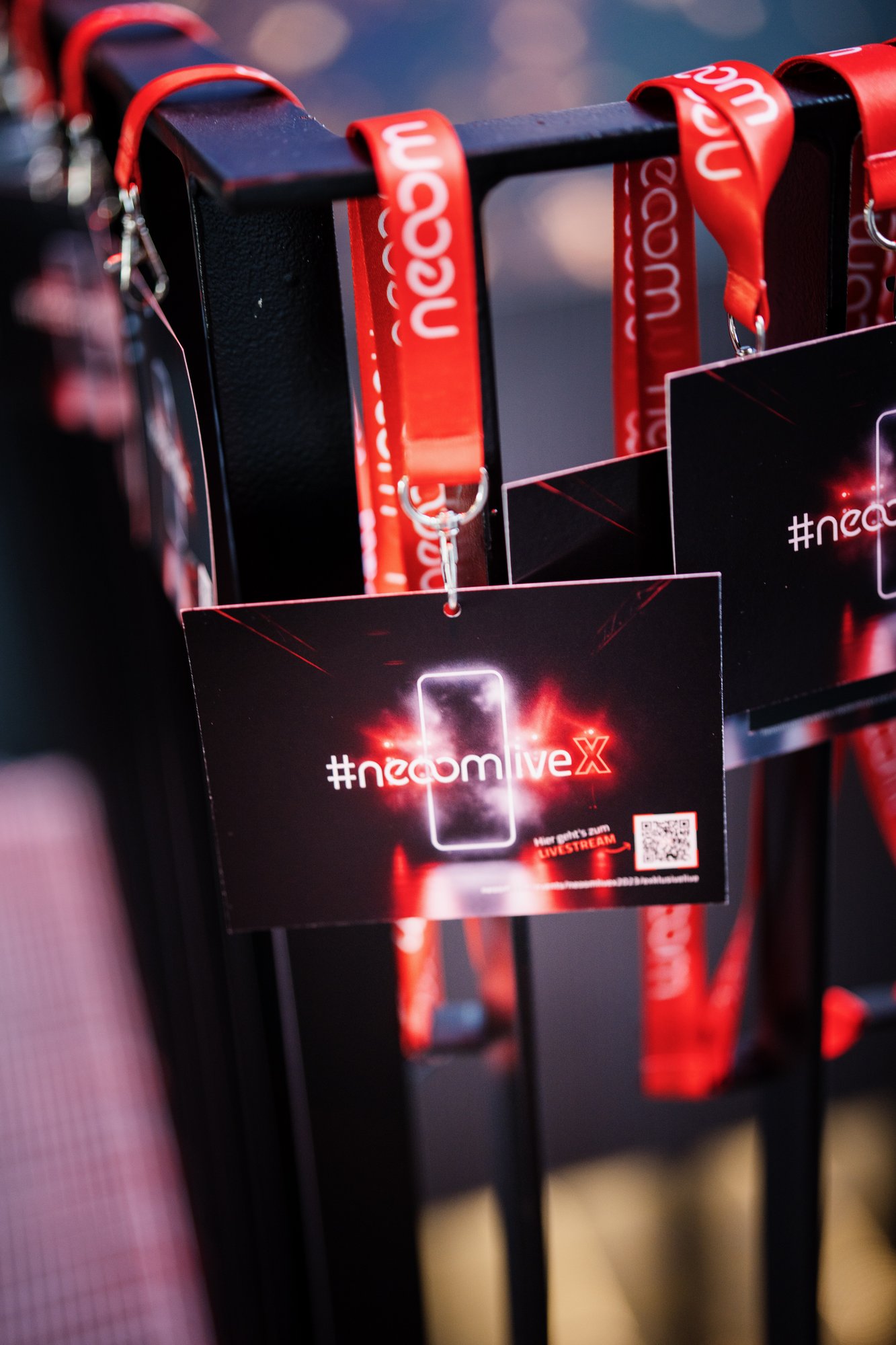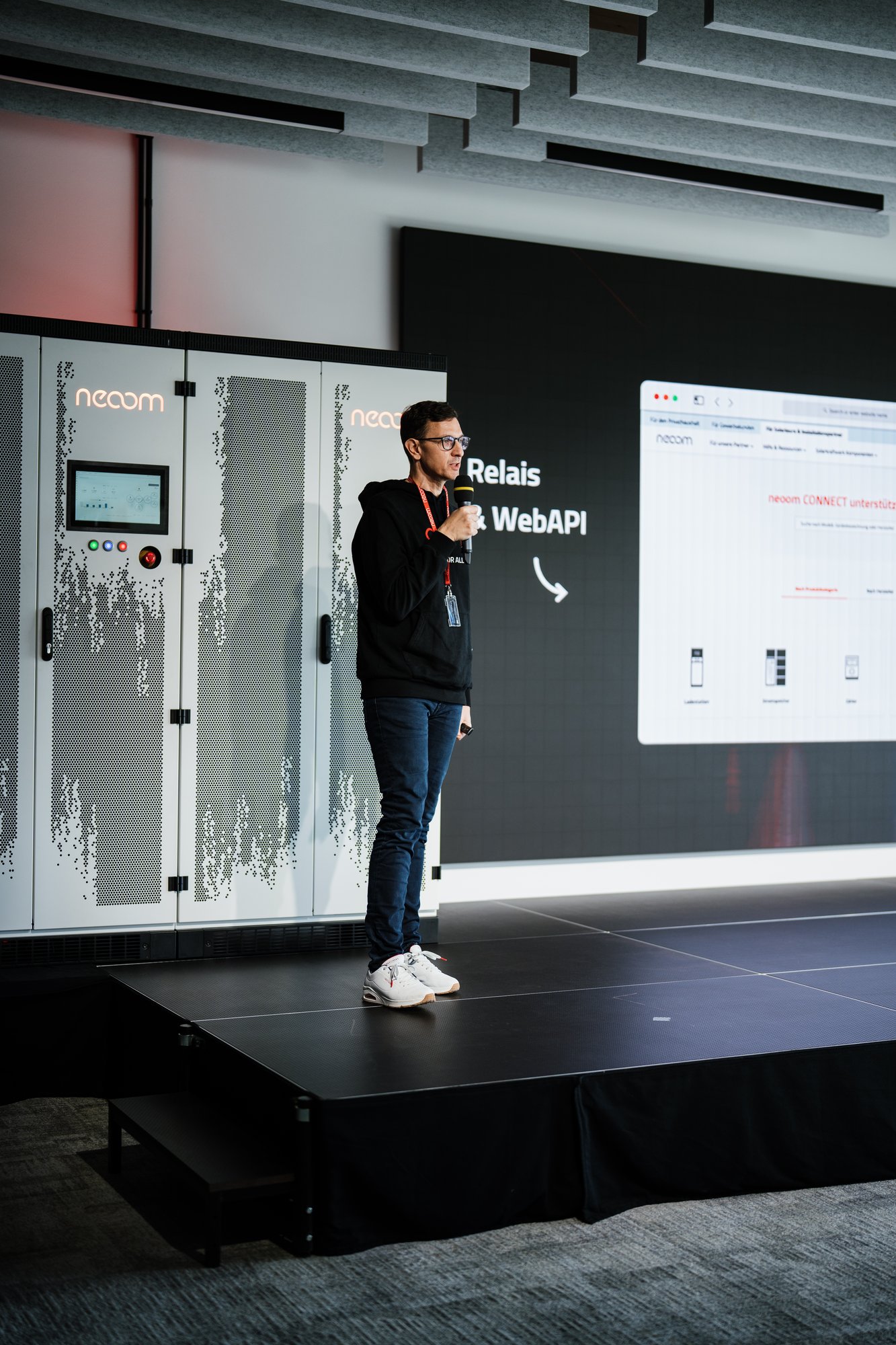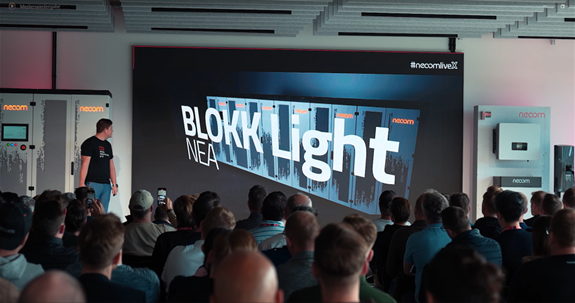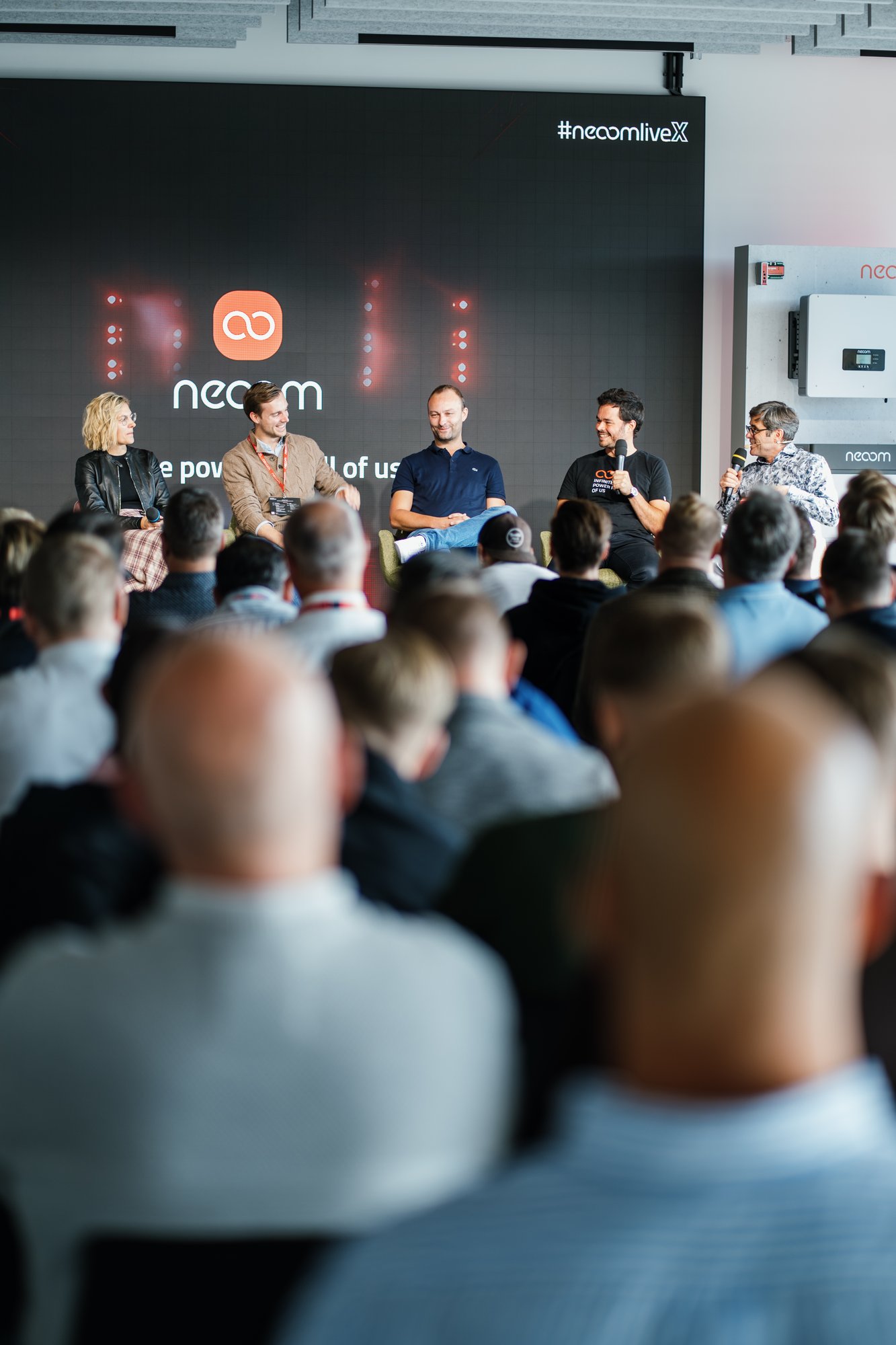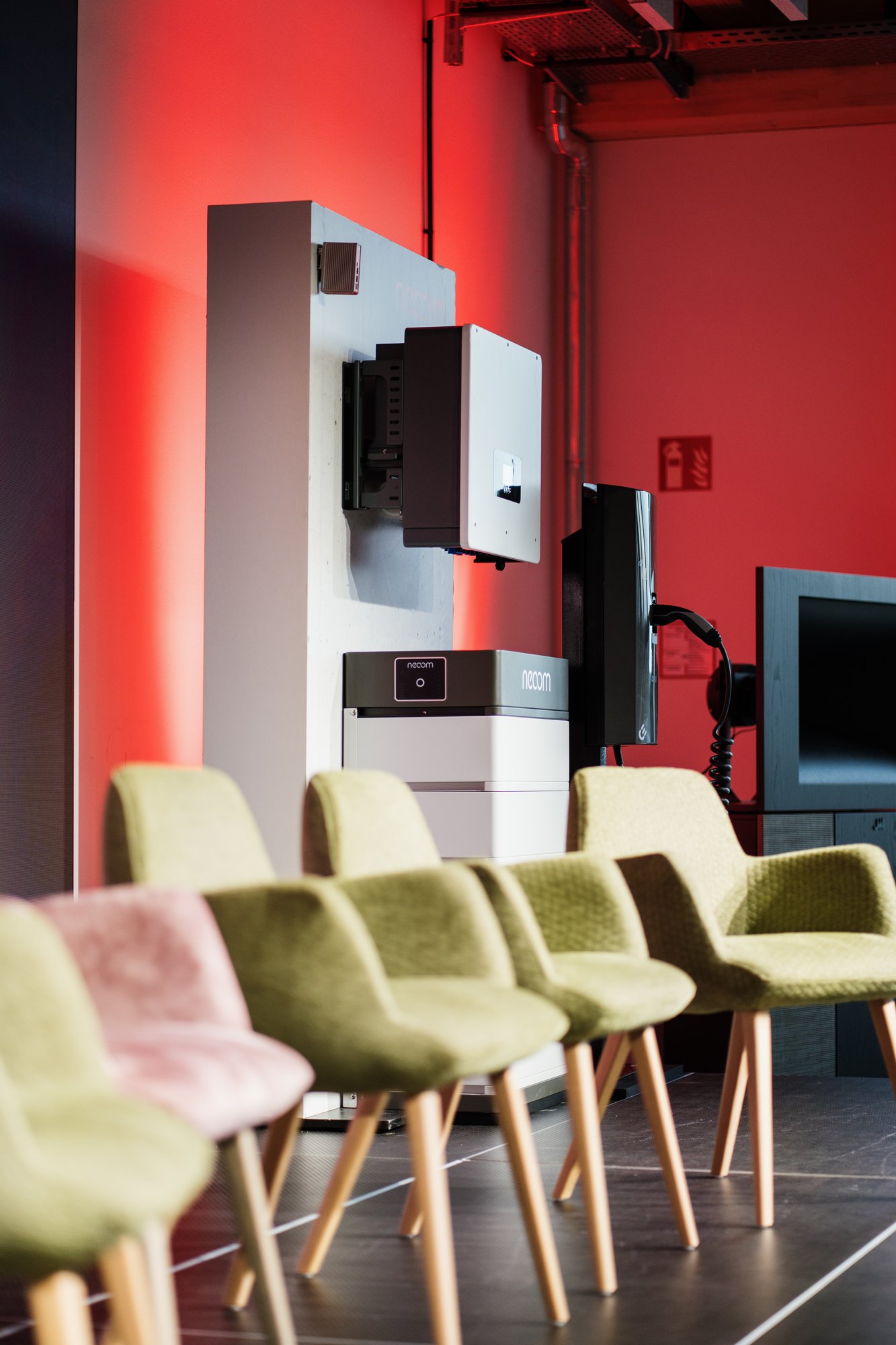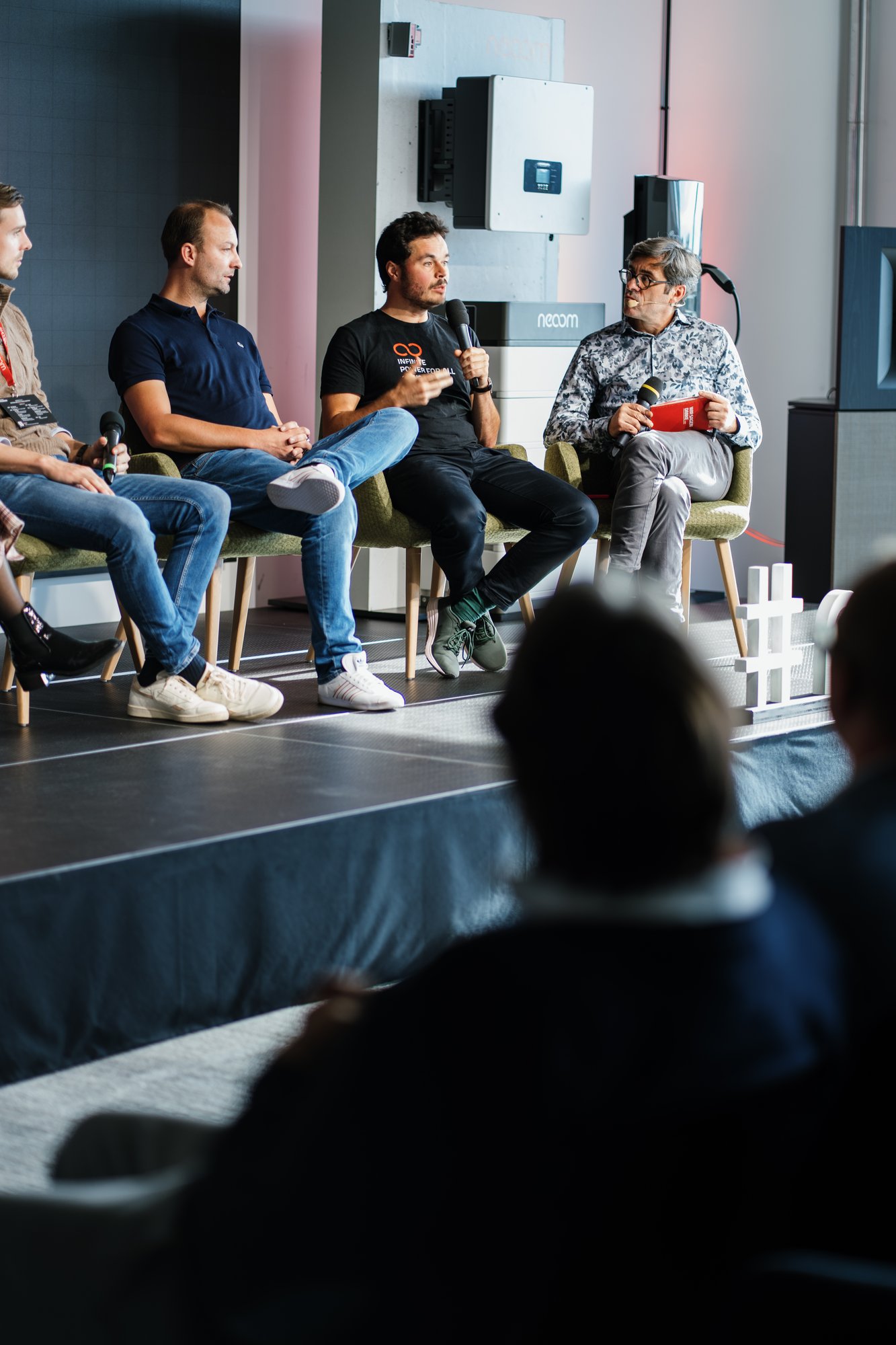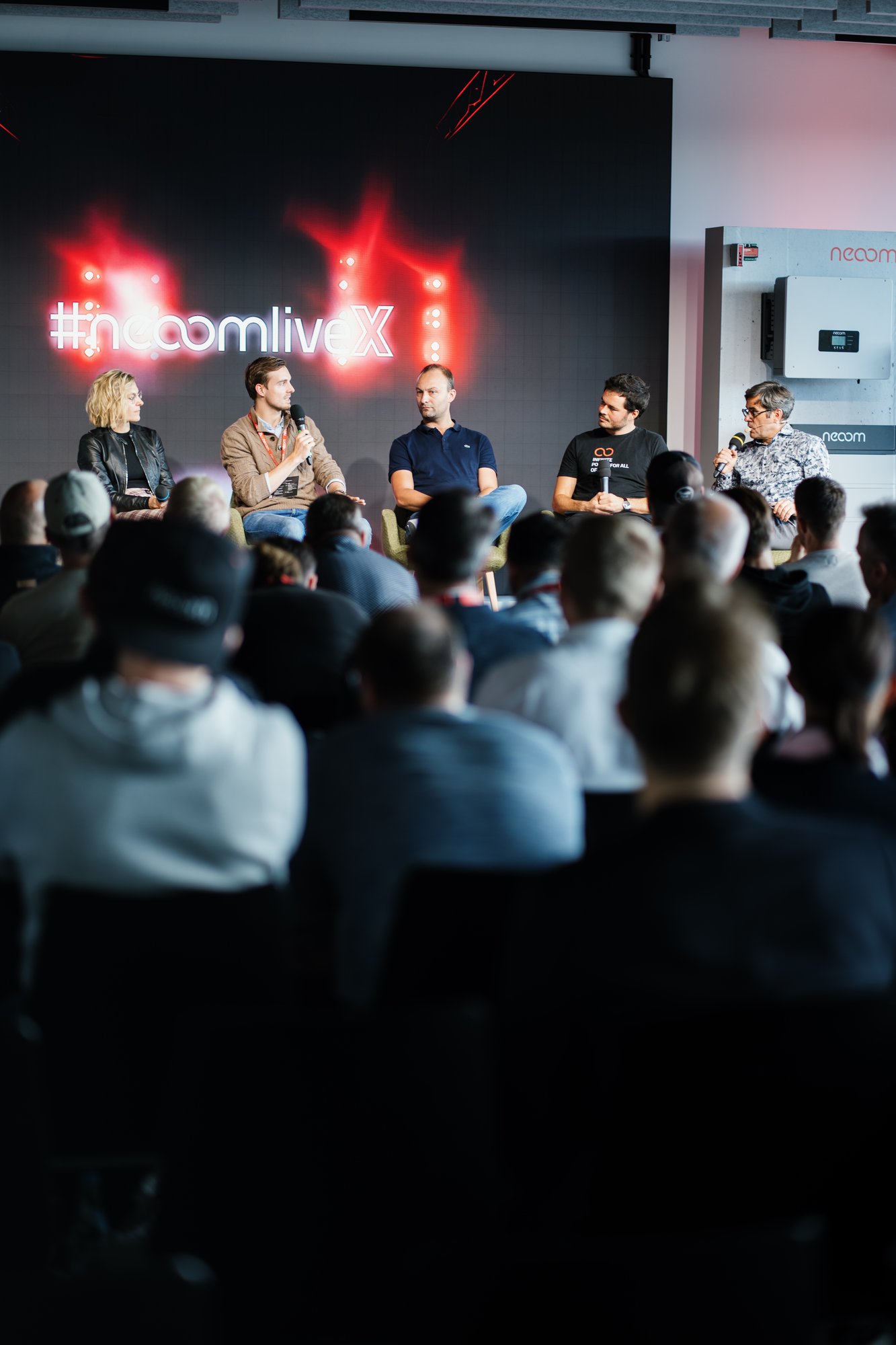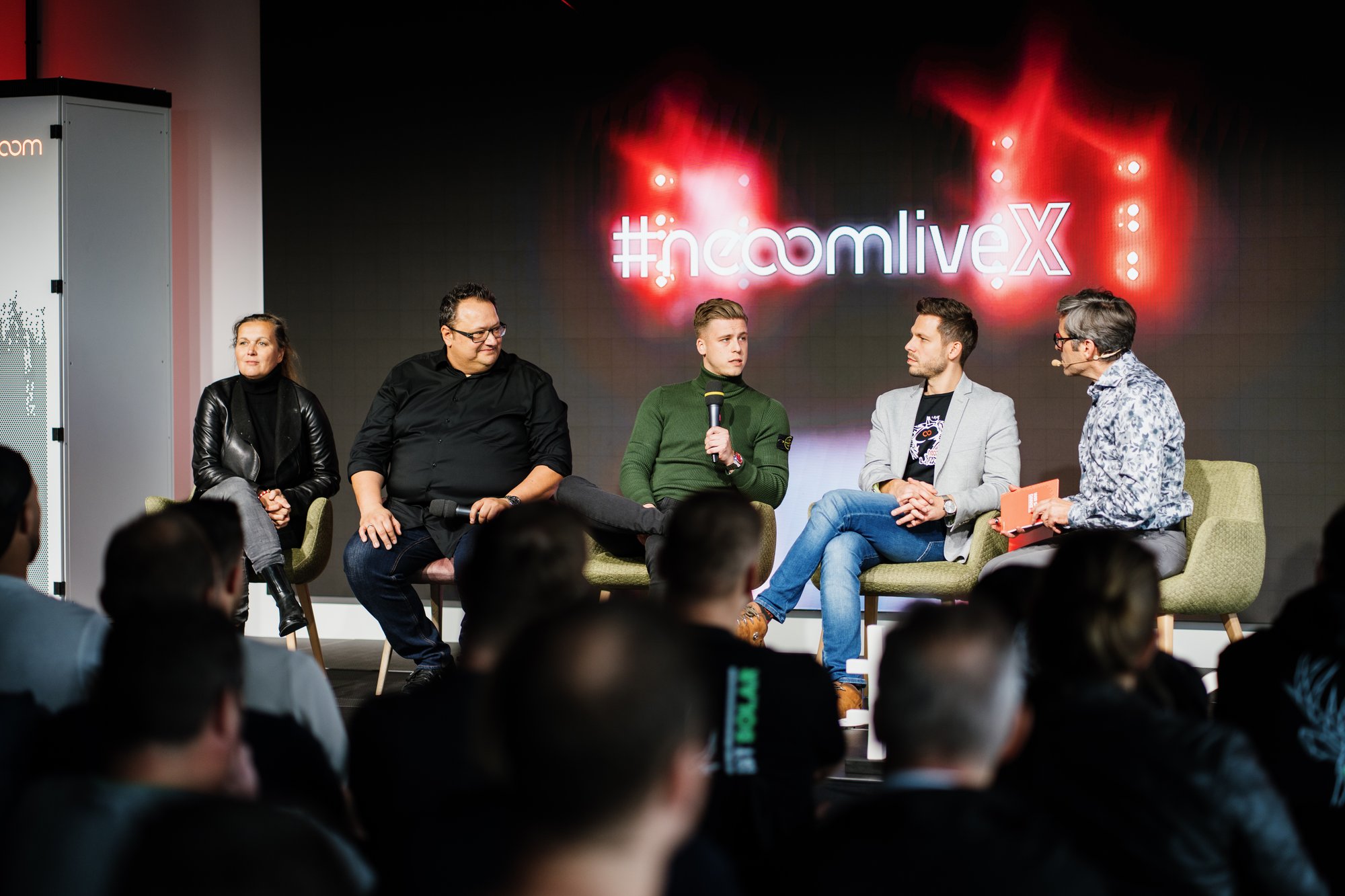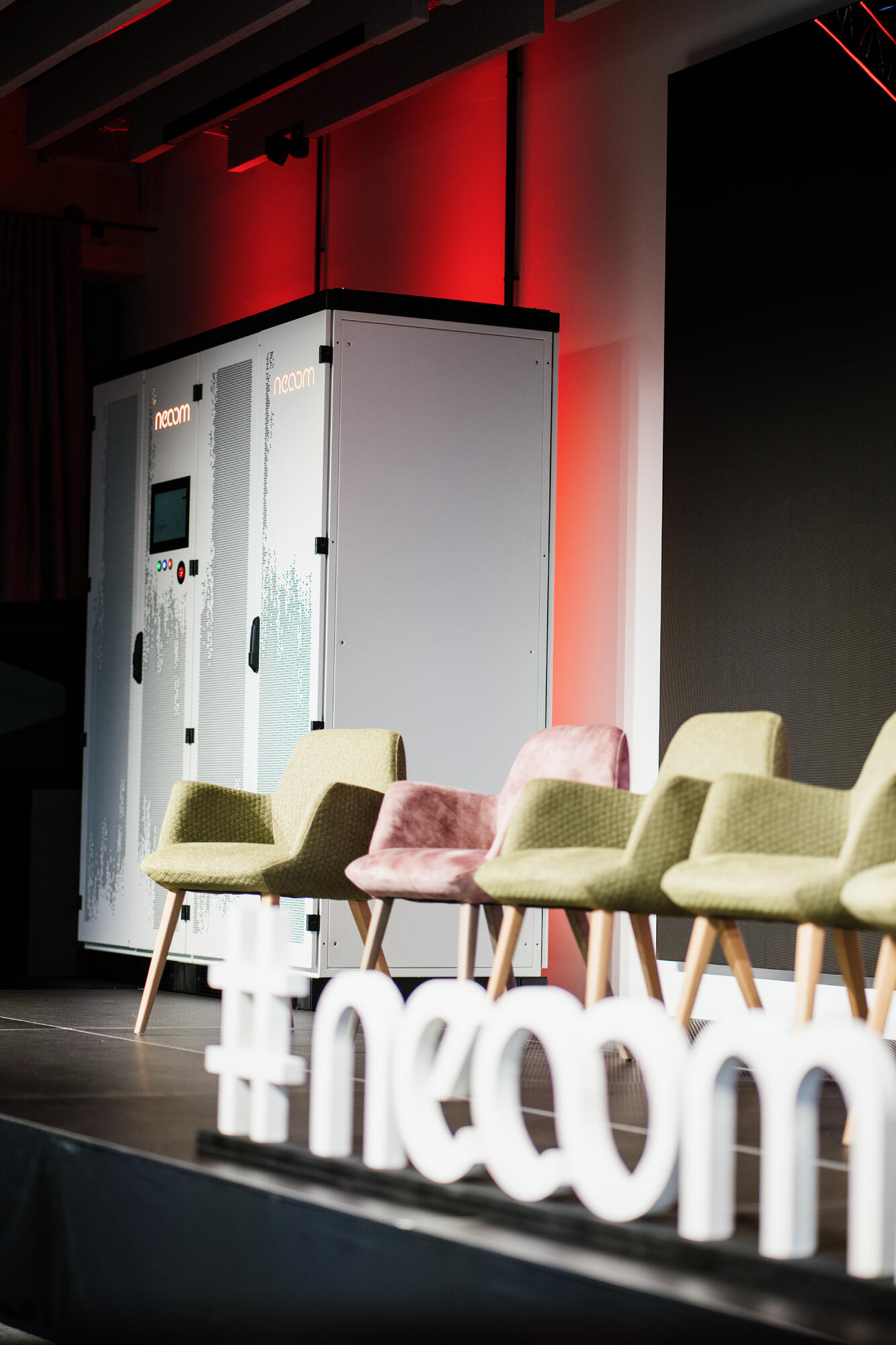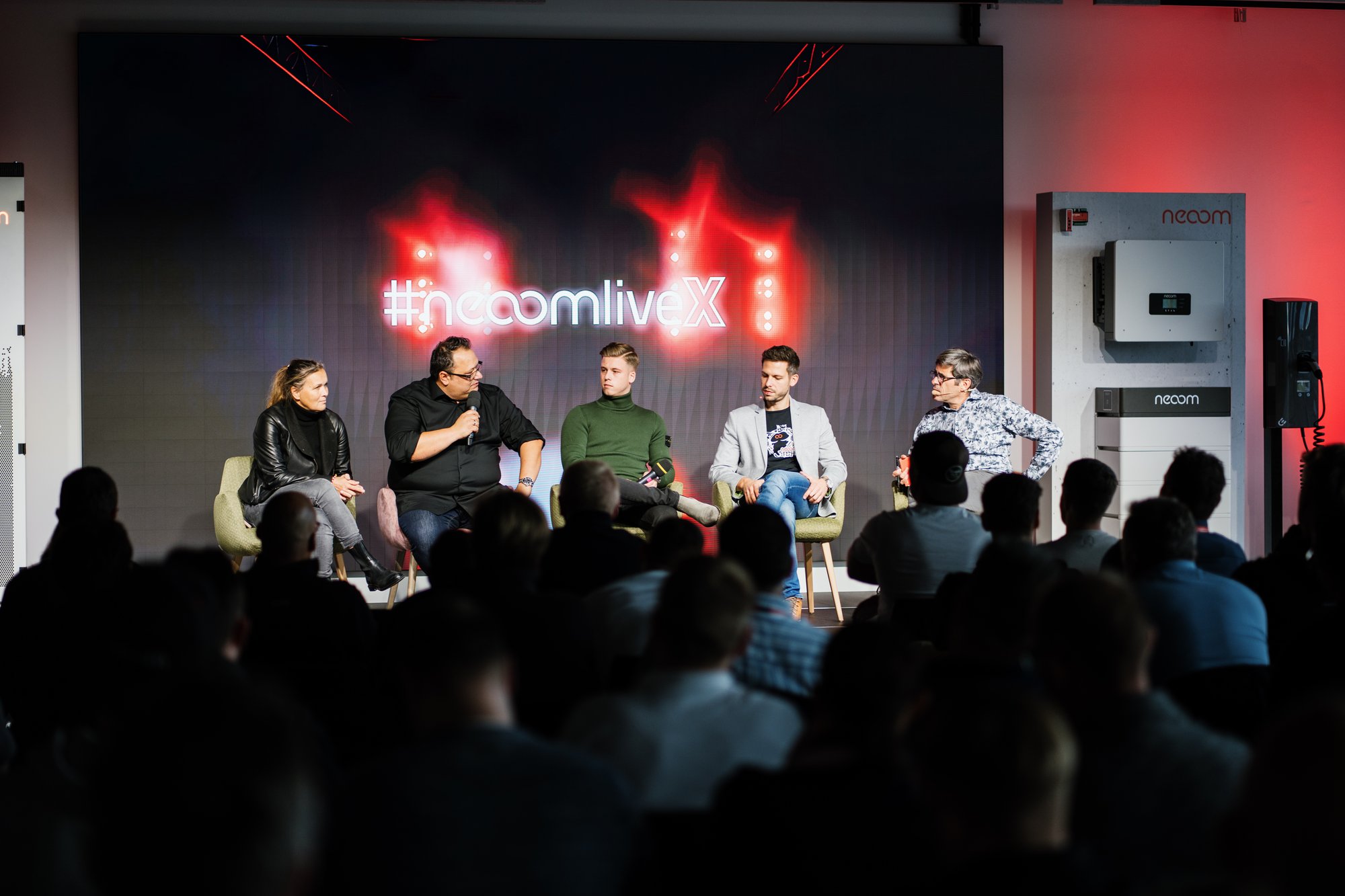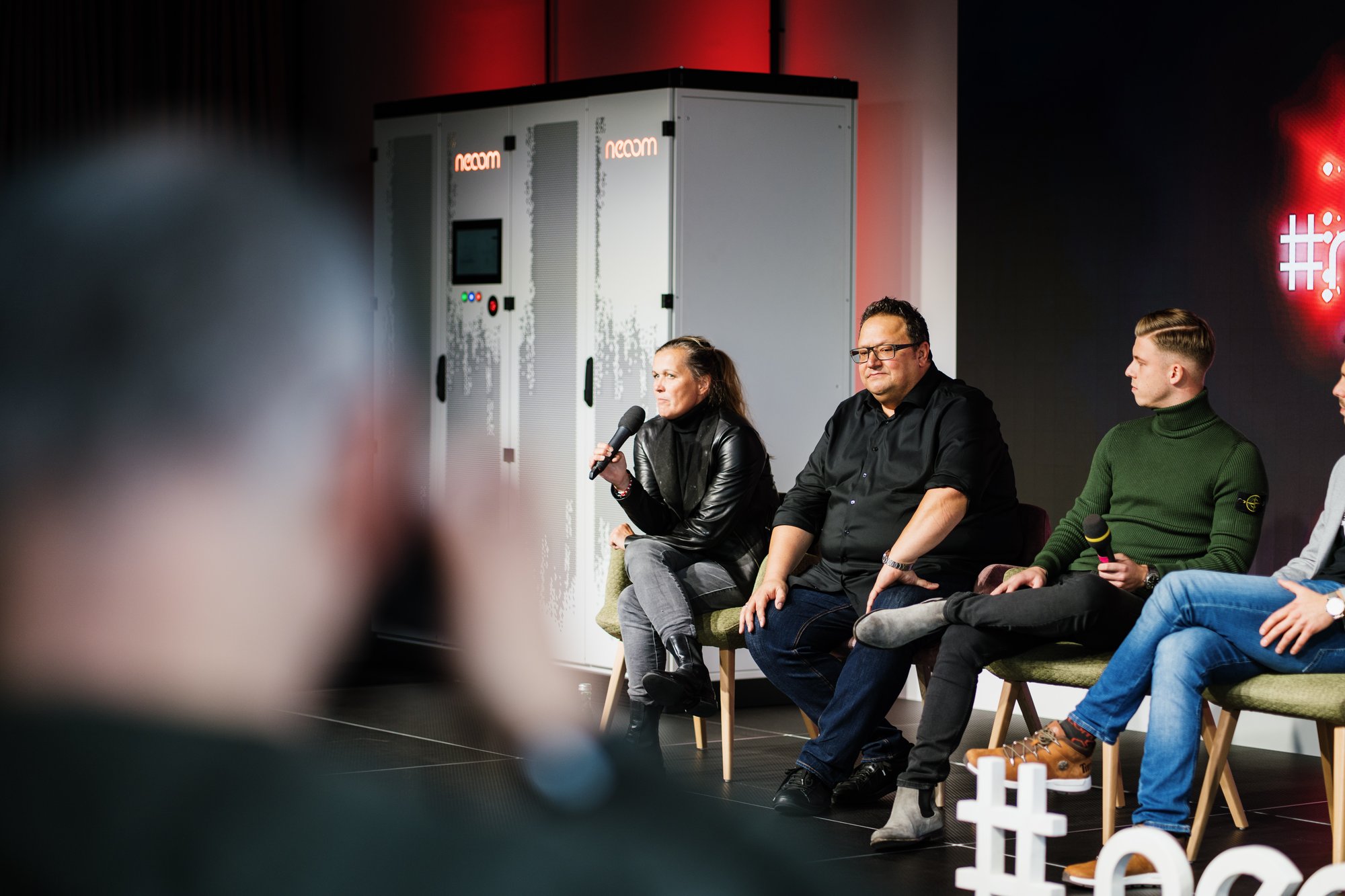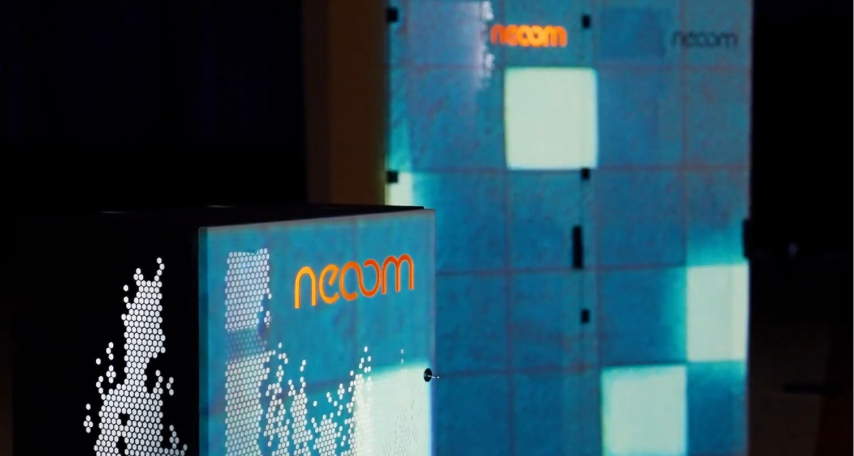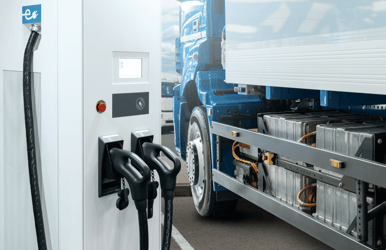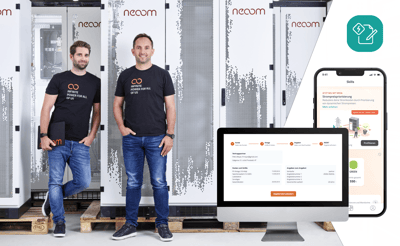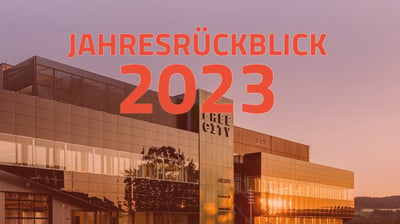A new era for the solar industry
Accordingly, the demands on the solar industry are increasing - it is undergoing a transition away from analog systems towards digital products. In order to take this path together with our partners, we presented our latest hardware and software product innovations at the exclusive partner event #neoomliveX in the Free City in Freistadt, Upper Austria, on November 10th.
Decentralization & digitalization for decarbonization
Decentralization is what makes decarbonization possible. “If we don’t achieve the energy transition, we won’t achieve all the other climate goals either,” said moderator Andreas Jäger.Above all, our hardware systems must be easy and quick to install for our partners in order to advance the energy transition as efficiently and quickly as possible!

Andreas Buchner
Head of Product Management Energy & Infrastructure
We are therefore thinking about our home storage systems in a more modular way so that we can continue to flexibly meet all future requirements - from a regulatory perspective and with regard to the power grid. The solution is decentralized and modular – a power storage system like a modular construction kit:
Modular systems such as the STAAK power storage system and the new 30-60-90-120kW power classes of the BLOKK Light NEA already achieve these goals today. The new BLOKK Light NEA with a capacity of 61.6-398 kWh is tailor-made for small commercial facilities.
The new SMAART smart meter also stands for innovation and sustainability and is offered as a direct and converter meter to ensure easy installation for all systems.
The BEAAM energy management gateway can now also be expanded to include the multi-protocol BEAAM Extension. The aim of these devices is to optimize the energy flows within the system and to ensure interoperability between the individual energy devices of the entire system. They therefore make a significant contribution to increasing the efficiency and self-sufficiency of the entire system. The BEAAM Extension allows the PV surplus prioritization and SG-Ready functions to be used.
The new neoom SWIITCH is not only an automated switching box, but the perfect complement to the BEAAM, which also expands the functionality of the NEEO inverter: The neoom SWIITCH switching box offers seamless integration including automatic switching in the event of a power failure for all consumers in a single-family home up to a power of 20kW. And it's very easy to install and without disconnecting the power distributor.
With connection to a stable power grid
Decentralized energy systems play a key role in the integration of renewable energies by enabling the storage of excess solar power produced - and thus stabilizing the power grids. But it is only digital networking that makes this possible. neoom is a pioneer in this area and aims to decentralize and democratize the energy transition with its skills from the neoom APP.
In addition to the optimization of PV self-consumption and grid purchase optimization and historical energy data, neoom CONNECT also offers feed-in optimization: If the grid feed-in is limited, the user would miss out on the feed-in tariff. Thanks to neoom CONNECT, electricity is fed in until the feed-in limit is reached and only then is the storage loaded. This means the user can receive an additional feed-in tariff of over €200, even with a small storage system.
A highlight of the day was the new skill GRIID of the neoom APP, which will also open the door to the energy markets in the future - together with the energy management neoom CONNECT: GRIID bundles all energy tariffs and market data and passes them on to neoom CONNECT, which uses this information to control the system's energy devices in such a way that not only the PV system's own energy consumption is optimized, but also the yield on the energy markets - by selling the self-produced electricity at high prices and purchasing it at low prices. Thanks to GRIID, everyone can participate in these markets with any decentralized device system, not just the large electricity providers!
This direct marketing makes energy systems more economical and pays for themselves more quickly. And they stabilize and relieve the load on the network, because prices are a signal as to whether the electricity network currently needs consumption or inflow.
The dynamic electricity tariffs allow the user to take out tariffs that have a different electricity tariff every hour. This means that the battery storage system and the electric car can be charged from the power grid at a reasonable rate. If the feed-in tariff is high, consumers are switched off in order to be able to feed in more electricity. All in all, dynamic electricity tariffs allow users to save more than 22% on electricity costs.
Another highlight was REENT, a financing model for energy systems that makes the energy transition affordable: end customers can pay off their renewable energy system over a possible term of 20 years. The installment payment automatically includes the neoom CONNECT Mega subscription, free troubleshooting, insurance and maintenance!
In this way, financial hurdles are overcome for customers and more energy systems can be implemented in a shorter time - a win for the customer, the planet and the partners.
The INSTALLER skill enables our partners to commission the system faster, more easily and more reliably, by offering a guided verification process including test report and measurement data, structured handover to the customer and documentation for billing and submission to the network operator.
Democratization & Regulation
Sandra Trittin (CEO & Founder Futurize Energy), Thomas Nenning (Head of Digital Services, neoom), author Gabriel Baunach, neoom CIO Johannes Schleicher discussed this structural change in the energy market around electricity market models, energy communities and the role of authorities, moderated by Klimajäger & Meteorologist Andreas Jäger in the discussion panel “Democratization & Regulation”.
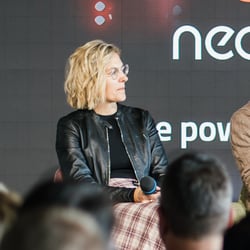
Sandra Trittin emphasized: “Consumers are becoming prosumers. How is this integrated into the power grid? Originally, the power grids were designed so that there were central providers and consumers at the other end. Now electricity is also fed back, that's a challenge. But even if the network operators warn that the network is collapsing, it must be noted that we have extremely good electricity networks in Europe, some of which have two or three levels of protection. In other countries such as Australia, blackouts are commonplace, even in Sydney. That means we are complaining at a very high level. But we also have bottlenecks. It is true that renewable energy systems can cause such bottlenecks locally and this can lead to local problems. But skills like GRIID can compensate for them. The optimization must take place on three levels: firstly at the customer through electricity storage, secondly locally through the optimization of the micro grid with energy communities and the like and thirdly through the integration into the network service and energy markets to create optimization. Too much electricity in the network can lead to a blackout, but this can be managed over time. The dangers are rather the cybersecurity, but we also have that in other industries, such as telecommunications.”
Thomas Nenning agreed: “IT is definitely the problem we will have. But that's a learning curve we have to do. The network will become more stable. The number of power outages is actually trending down. The power grid is becoming more and more stable, including in Europe, due to liberalization. A promising way to stabilize the grid is to tap into the capacity of electric cars in order to relieve the strain on the grid. The network needs to be expanded, but there also clearly needs to be storage capacity. There will always be a need for storage to compensate for volatility.
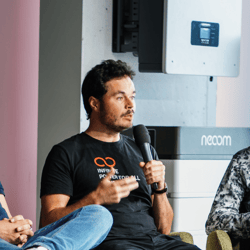
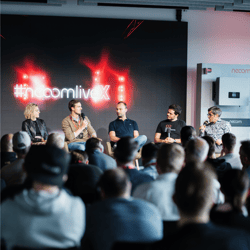
Gabriel Baunach stated: “We talk a lot about property. But we also have to think about the tenants. How can you turn them into prosumers too? This requires incentives, namely for the owners of the rental house.”
Dirk Schromm highlighted another challenge: “The billing of electricity costs is too complicated in the rental sector. There is still a lack of regulations.”
Thomas Nenning emphasized: “The problem is the transfer of knowledge. A problem like this is complex - even with our solutions and products, it's still not that easy for everyone to dare to overcome the hurdles. We can still get a lot of rules from the regulator to minimize the risk for customers!”
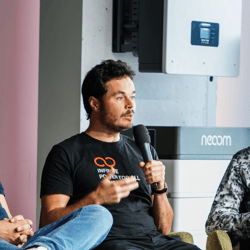
Sandra Trittin concluded: “The technology is not the problem. The problem is that now we just have to do it. The regulations have already been created across the EU, but now they still need to be implemented in the individual member states.”
Increasing the efficiency of the energy transition
So that investments can flow into the essentials and the energy transition is worthwhile for everyone, neoom has also set itself the goal of not only achieving maximum cost savings for customers, but also taking the business model of neoom installation partners to the next level: through the partner affiliate program certified partners will from now on participate in the sales of the digital services - and thus directly in the energy market of the future...
Doreen Rietentiet (Co-Founder & CCO DWR eco GmbH), Speaker & Trainer Hannes Katzenbeisser, Sandra Trittin (CEO & Founder Futurize Energy), Martin Riegler (Chief Revenue Officer) and Jordi Jürges (Managing Director energy for life) discussed in a panel how this customer-oriented value creation also contributes to accelerating the energy transition.
Click here for the photos of the event!
